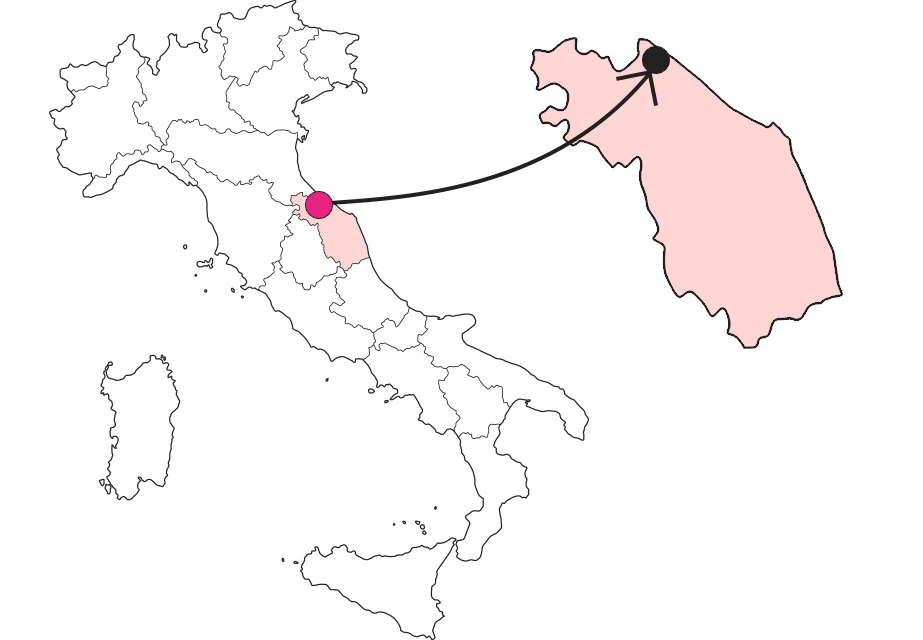

The Globes of Gerardo Mercatore
Earth and sky at your fingertips



Where is

What it is and where it is
They are two spheres, one representing the earth, the other the sky. Created by one of the most famous and ingenious cartographers of the 1500s, the Flemish Gerhard Kremer, Italianized as Gerardo Mercatore, they are extremely rare objects : there are only 3 other pairs like this in Italy. They were part of the collection of the last duke of Urbino, Francesco Maria II Della Rovere, a man attentive to all the innovations of his time. Originally displayed in his study inside the library wing in the Ducal Palace of Urbania, when this was torn down in 1951 they were moved to the rooms of the present museum.
Why it is special
Rare, beautiful and useful, they were born not as mere works of art but as objects of use for studying the sky and planning trips. What makes them even more special is that they are still at home. When, in 1667, emissaries sent by Pope Alexander VII scattered across the Duchy of Urbino to bring to Rome the most important and valuable specimens of the ducal book and art collections that had not been inherited by Vittoria Della Rovere, Mercatore's globes were probably saved because they were deemed old, superfluous, and too fragile to make the long journey to Rome.
Not to be missed
Ancient globes do not just indicate places; they also tell stories of travel. So here they are populated with images of sea monsters, faithfully reproduced on the globe as witnessed by sailors returning from their long crossings, while on the celestial globe one is entertained with the search for one's zodiac sign.
A bit of history
Globes were usually commissioned in pairs; the Urbania ones were made by Mercator in 1541 (terrestrial globe) and 1551 (celestial globe). How did they end up in Urbania? Perhaps they were procured by Duke Guidubaldo II Della Rovere, a great patron of the arts and lover of letters, or purchased by his son Francesco Maria II Della Rovere, a keen student of geography and the cosmos, through his agents in Antwerp or Madrid. They were certainly one of the points of pride of the ducal collection.
Curiosities
In the globe the measurements of the earth, especially at the height of the equator, are very similar to those we know today thanks to the most sophisticated technologies. It is no coincidence that the method discovered by Mercator to report earth measurements on a sphere are the basis of calculations still taught in nautical schools today. The celestial globe, on the other hand, bears the names of the stars in Latin, Greek and Arabic, the three civilizations believed to be the greatest connoisseurs of the heavens...if Mercator had lived 100 years later, he probably would have added the ideograms of the South American peoples as well.
Enter the Map of Italy's Undiscovered Wonders and find treasures where you least expect it... Inspire, Recommend, Share...
The Map thanks:
Enter the Map of Italy's Undiscovered Wonders and find treasures where you least expect it... Inspire, Recommend, Share...
Where is


